Concrete coating can transform the appearance and longevity of concrete surfaces, from patios and driveways to pool decks and garage floors. However, prepping, painting, and sealing concrete can seem daunting if you’ve never done it before. Over the years of running my construction business, I’ve helped countless homeowners renew their concrete through coatings.
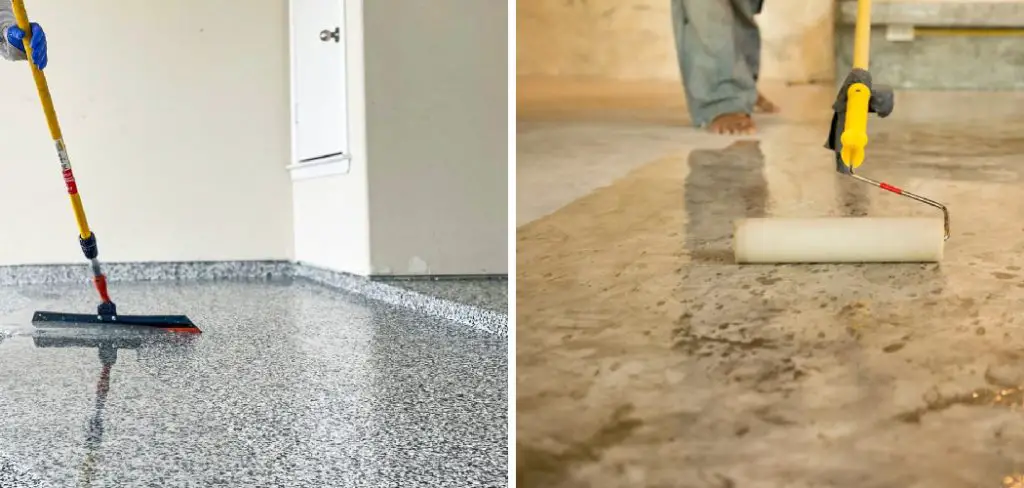
Today I want to share the complete step-by-step guide on how to do concrete coating a simple do-it-yourself project. Following these best practices will ensure your concrete has a long-lasting new look without cracks or chips for many seasons of enjoyment. So whether you’re coating a small area or redoing your backyard, let’s start properly cleaning, repairing, and protecting your concrete surfaces.
Supplies You Will Need to Do Concrete Coating
- Power washer
- Concrete cleaner or degreaser
- Scrub brush or broom
- Bucket and mixing tools
- Concrete repair compound (optional)
- Painter’s tape
- Paint roller with extension handle
- Paint tray and liner
- Slip-resistant additive (optional)
Step-by-step Guidelines on How to Do Concrete Coating
Step 1: Preparing the Surface
Before starting to apply any coating, it’s crucial to thoroughly clean and prep your concrete surface. Begin by sweeping away all dirt, debris, and leaves. Remove any oil stains or other substances using a degreaser. You can also use a pressure washer to remove stubborn grime if needed.
Next, repair any cracks or surface imperfections using a concrete repair compound. If your surface is previously coated, then you’ll need to strip the old paint off with a commercial stripper before proceeding.
Step 2: Protecting Adjacent Surfaces
To avoid any accidental drips or spills on adjacent surfaces, use painter’s tape to mask off areas like walls and door frames. Lay down drop cloths or plastic sheets to protect any nearby plants, grass, or patio furniture. This will make cleanup much easier once you’re finished. If your surface is vertical, such as a wall or stairs, then lay down plastic sheets before starting.
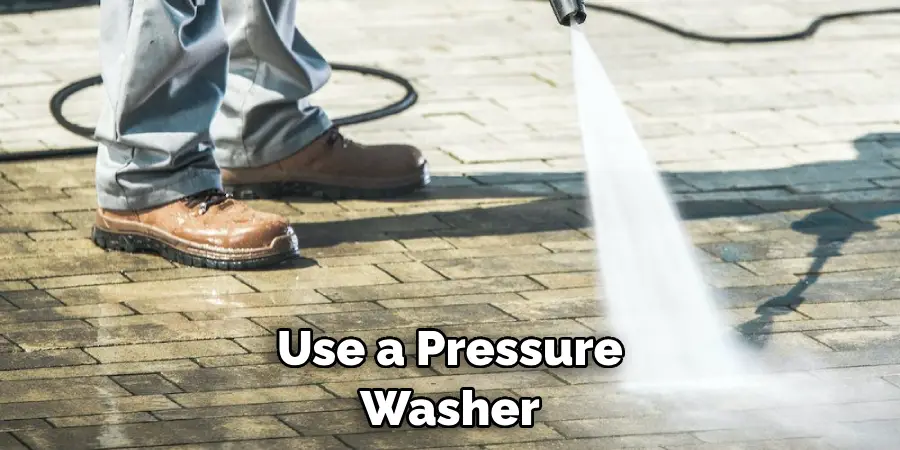
Step 3: Applying the Concrete Coating
Start by mixing the concrete coating solution according to the manufacturer’s instructions. Once mixed, pour a small amount into your paint tray and dip your roller in it. Use an extension handle to comfortably reach all areas of your surface. While painting, start at one end and work your way across the surface in a smooth, even motion. You may need to apply two coats for optimal protection and color saturation.
If you’re applying an acrylic sealer, add a slip-resistant additive to the second coat while it’s still wet. This will provide extra traction for safety on high-traffic surfaces like pool decks or driveways.
Step 4: Letting the Surface Dry
Allow your surface to dry for at least 24 hours before walking on it or placing any furniture back on top of it. If you’re coating a driveway, wait at least two days before driving on it. Make sure to check the drying time on your specific coating product, as some may require more or less time. If it’s windy or humid, then wait for a better day to do your coating.
Step 5: Maintaining Your Coated Concrete
To keep your coated concrete looking its best, make sure to maintain it correctly. Sweep away any debris regularly and rinse off stains as soon as possible with warm water and mild soap. Avoid using harsh chemicals or cleaners on the surface, as this can strip away the coating. Reapply a new coat every few years to keep your concrete looking fresh and protected.
Following these simple guidelines will help you achieve a professional-looking concrete coating that will last for years to come.
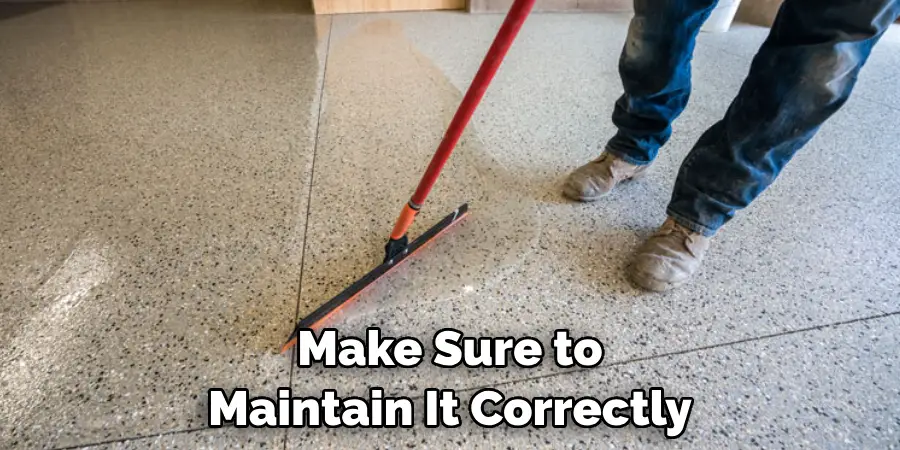
By taking the time and effort to properly prepare, apply, and protect your concrete surface, you’ll be able to enjoy it without worrying about damage or deterioration. So why wait? Get started today and transform your dull concrete surfaces into a beautiful, durable space for all your outdoor activities. Happy coating!
Additional Tips and Tricks to Do Concrete Coating
- Choose the right time of year to do your concrete coating. Avoid doing it during extreme temperatures or high humidity, as this can affect how well the coating adheres and dries. Ideally, you want to do it when the temperature is between 50-90°F (10-32°C) and the humidity is below 85%.
- Clean your concrete surface thoroughly before applying any coating. This includes removing any dirt, debris, or previous coatings. Use a pressure washer to get rid of tough stains and grime.
- Allow your concrete surface to dry completely before starting the coating process. Moisture can affect the adhesion and durability of the coating.
- Consider using a primer before applying the actual coating for better adhesion and longer-lasting results. This is especially important if your concrete surface has not been previously coated.
- Choose the right type of coating for your specific needs and desired finish. There are various types of coatings, including epoxy, polyurethane, acrylic, and more. Each one has its own set of benefits and limitations.
- Don’t forget to properly mix the coating according to the manufacturer’s instructions. Improperly mixed coating can lead to uneven application and affect the final look and durability of the coating.
- Use a roller or brush for smaller areas and a sprayer for larger ones. Make sure you apply an even coat, following the recommended thickness by the manufacturer. Too thick of a coat can lead to cracking and peeling, while too thin of a coat may not provide enough protection.
- Take your time and be patient. Rushing the coating process can result in mistakes and an uneven finish. Allow each coat to dry completely before applying the next one, and make sure to follow the recommended curing time before using your coated surface.
- Consider adding a sealer on top of the coating for added protection and to enhance the appearance of your concrete surface.
- Regularly clean and maintain your coated concrete surface to prolong its lifespan. This includes removing any dirt, debris, or stains as soon as possible and reapplying a new coat of sealant every few years.
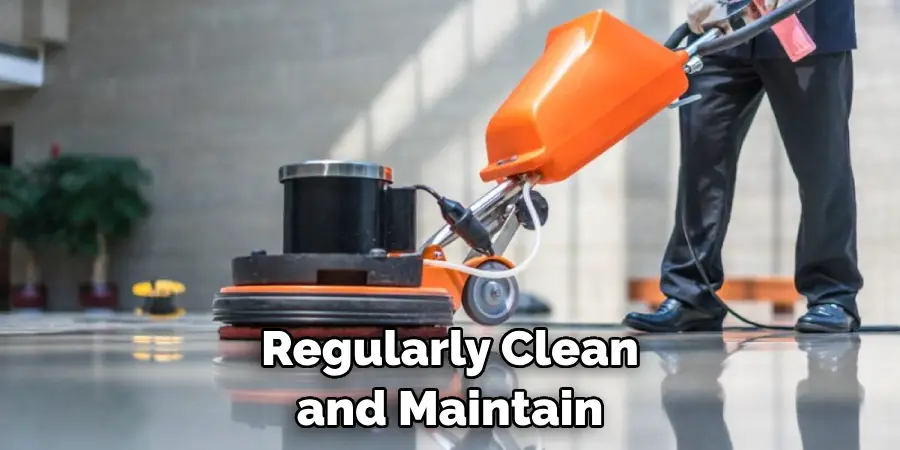
By following these additional tips and tricks, you can ensure a successful and long-lasting concrete coating that will protect and enhance the appearance of your concrete surface. Remember to always read and follow the manufacturer’s instructions for best results. Happy coating!
Things You Should Consider to Do Concrete Coating
- Before starting the process of concrete coating, it is important to thoroughly clean the surface. This will ensure better adherence and longevity of the coating.
- Make sure to wear protective gear such as gloves, goggles, and a respirator during the preparation and application process. Concrete coatings can contain harmful chemicals that may cause skin or respiratory irritation.
- It is essential to choose the right type of concrete coating for your specific project. There are many different types available, each with its unique properties and purposes. Some common options include acrylic, epoxy, polyurethane, and silicone coatings.
- Consider the condition of the existing concrete surface before applying a coating. If there are cracks or holes present, these should be repaired before proceeding with the coating process. Otherwise, the coating may not adhere properly and could result in an uneven or damaged surface.
- Be mindful of the weather when planning to do concrete coating. Extreme temperatures, high humidity, and rain can all affect the application and curing process of coatings. Ideally, it is best to apply coatings on a dry day with moderate temperatures.
- Proper preparation of the concrete surface is crucial for the success of the coating. This includes cleaning, filling any cracks or holes, and etching the surface if necessary. Etching helps to create a rougher texture on the concrete, allowing for better adhesion of the coating.
- It is recommended to test a small area before applying the coating on a larger scale. This will help ensure that you are satisfied with the color, texture, and overall appearance. It can also help identify any potential issues before committing to the entire project.
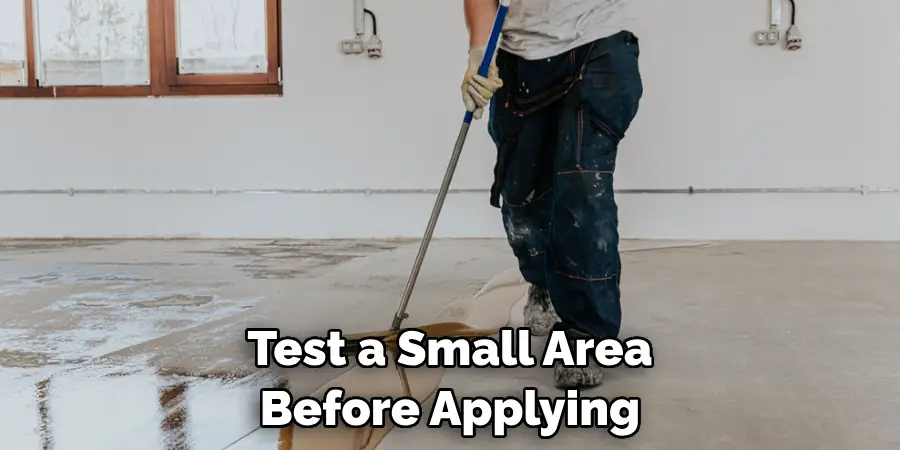
Following these considerations will help ensure a successful and long-lasting concrete coating. Additionally, remember to carefully follow the instructions provided by the manufacturer for best results. With proper preparation and application, your concrete surface can be transformed into a beautiful and durable space that will withstand the test of time. Happy coating!
Conclusion
In conclusion, concrete coating is a highly beneficial and practical solution for protecting and enhancing your concrete surfaces. By following these simple steps, you can achieve a professional-looking finish and prolong the life of your concrete. From choosing the right coating to properly prepping and applying it, we have covered all the important aspects to ensure success.
Remember, practice makes perfect, and don’t be afraid to try different techniques or products to find what works best for you.
Whether you are a DIY enthusiast or a professional contractor, with the right knowledge and techniques, you can transform any bland concrete surface into a stunning feature of your property. So go ahead and give it a try – your future self will thank you for it! Now that you know how to do concrete coating, it’s time to get started and bring your project to life.
